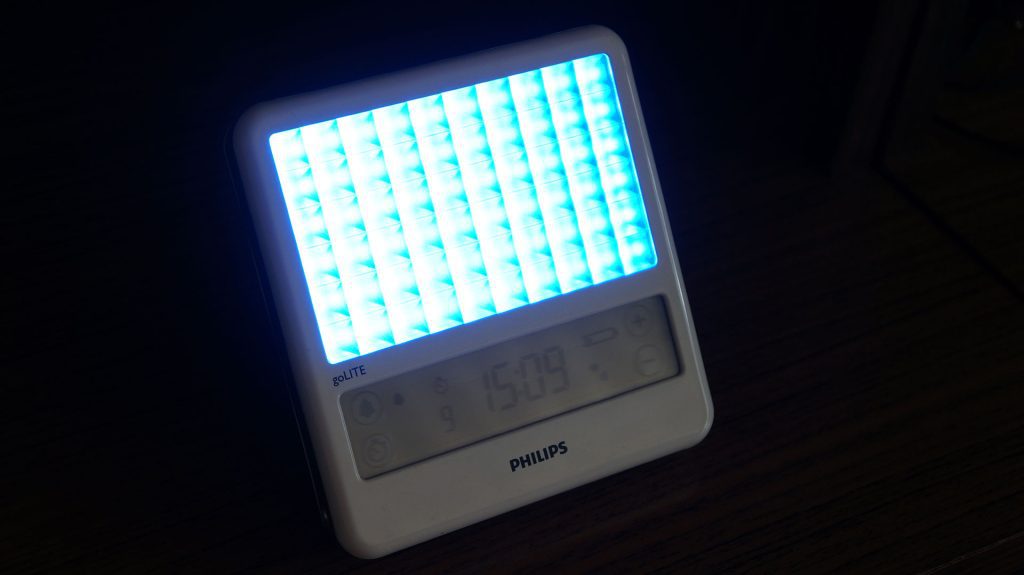The Hard Winter: dealing with Seasonal Affective Disorder
Winter can be harsh and cruel, not just on our bodies, but also on our emotional wellbeing. Here’s how to keep it in check
The winter months can take a significant toll on our mental well-being. As the days grow shorter and the temperatures drop, many people experience a shift in their mood and energy levels. This phenomenon, often referred to as seasonal affective disorder (SAD), is a type of depression that is closely linked to the changing of the seasons.
One of the primary reasons why winter can be so challenging for mental health is the reduced exposure to sunlight. Sunlight plays a crucial role in regulating our circadian rhythms and the production of serotonin, a neurotransmitter that influences our mood. When sunlight exposure is limited, the body’s natural balance can become disrupted, leading to feelings of sadness, lethargy, and even depression.
Added to that, the colder temperatures and increased time spent indoors can contribute to a sense of isolation and loneliness. The lack of social interaction and physical activity can further exacerbate the symptoms of SAD, as exercise and social connections are known to have a positive impact on mental well-being.
To combat all of this, there are ways that we can help ourselves through the colder months.

Recognise the signs
As the winter months approach, it’s important to be aware of the potential signs of seasonal affective disorder (SAD) or winter depression.
One of the primary symptoms is a persistent low mood or feelings of sadness that last for most of the day, nearly every day.
Many people with winter depression also experience a significant drop in energy levels and motivation, making it difficult to complete everyday tasks.
Changes in sleep patterns, such as oversleeping or difficulty falling asleep, can also be a sign. Increased appetite, particularly for carbohydrate-rich foods, is another common symptom.
Feelings of hopelessness, irritability, and a loss of interest in activities that were once enjoyable are also potential indicators of winter depression. If these symptoms persist for more than a couple of weeks, it’s important to seek professional help from a mental health provider.
Schedule as much as possible
Scheduling regular activities, such as exercise, social engagements, and work or hobbies, can help combat the tendency to withdraw and isolate oneself. Even simple tasks like getting up and going to bed at the same time each day can contribute to a sense of normalcy and control.

A structured day can also ensure you allocate time for outdoor activities, even if brief. This exposure to natural light is essential for vitamin D production. Vitamin D is crucial for bone health, calcium absorption, and immune function. It supports muscle strength, regulates mood, and may reduce the risk of various diseases. Adequate levels are essential for our overall health.
Make the most of the daylight
With shorter days and reduced sunlight, it’s important to maximise exposure to natural light.
Consider opening curtains to let in natural light indoors and rearranging your workspace to face windows. Alternatively, hang large mirrors opposite windows to reflect the sunlight and brighten dark rooms, enhancing the overall light in your home.

Be kind to yourself
Make self-care a priority by engaging in activities that nourish your body and mind. This could include warm baths, catching up on box sets, or enjoying cosy evenings with a cup of tea. Allow yourself time to relax and recharge.
Winter can sometimes bring a sense of pressure to achieve certain goals. Be gentle with yourself by setting realistic expectations and celebrating small accomplishments. Recognise too that it’s okay to slow down during this season.
Use light therapy
Light therapy works by compensating for the lack of natural sunlight exposure during autumn and winter months.
Incorporating light therapy, where individuals expose themselves to bright, artificial light for a set amount of time each day, can also help regulate the body’s circadian rhythms and boost mood.

It also stimulates the hypothalamus, which is crucial for regulating mood, appetite, and energy levels.
By creating a predictable and intentional daily schedule, individuals with SAD can better manage their symptoms and maintain a sense of well-being throughout the winter season.
Be proactive
When you’re experiencing the winter blues, it’s easy to not give hygiene the priority it should. Making time for small things like taking a shower or getting dressed properly can help lift your mood.
Arts and craft therapies can also help. You can do this at home to keep your brain active or if you’d prefer to be more sociable, theatre or sports clubs can also make you feel less isolated. Join local groups that teach anything from sewing to playing a musical instrument can be great for lifting your moods and making you feel better.
Embrace indoor activities
Engage in the kitchen by trying out new recipes or baking treats, as the process of creating something delicious can be incredibly satisfying and comforting.

Afterwards, practise restorative yoga at home with blankets and candles, which not only promotes relaxation but also helps you connect with your inner self.
Spend time browsing through local bookstores; the cosy atmosphere of reading can be particularly uplifting during winter.
For a touch of luxury, create a relaxing spa experience at home by using your favourite products, lighting candles, and dedicating time to self-care.
Additionally, consider taking up creative mind-based activities like knitting or journaling, as these mindful activities allow you to focus on the present moment and can significantly improve your mental well-being.


